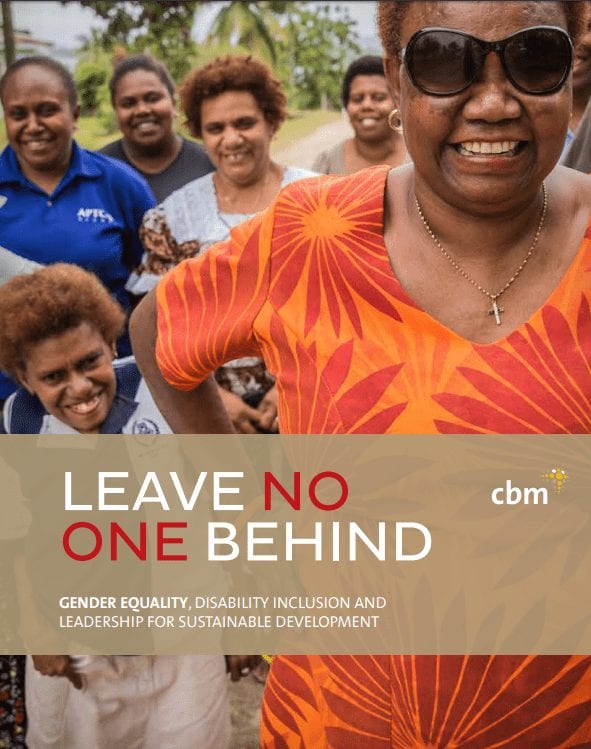
A policy paper on gender, disability inclusion and women’s leadership.
CBM outlines how women and girls with disabilities experience complex layers of marginalisation, and face heightened barriers to achieving the targets set out in the SDGs framework. CBM argues that in order to truly end discrimination against women and girls particular attention must be given to the substantial global community of women and girls living with disability. This paper looks at the barriers that individual women experience and outlines how the international development community can better consider enabling environments for women and girls with disability to reach their full potential.
